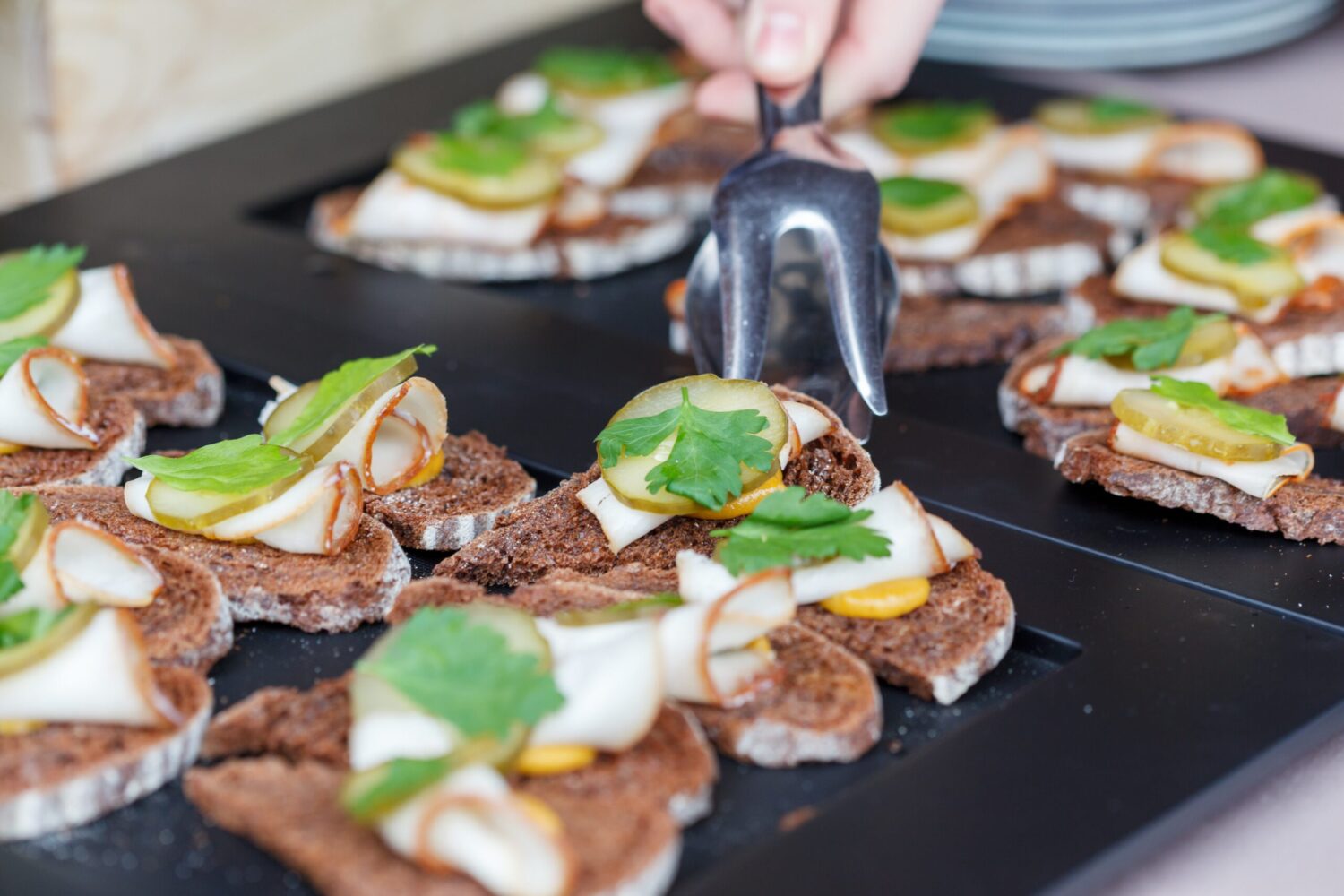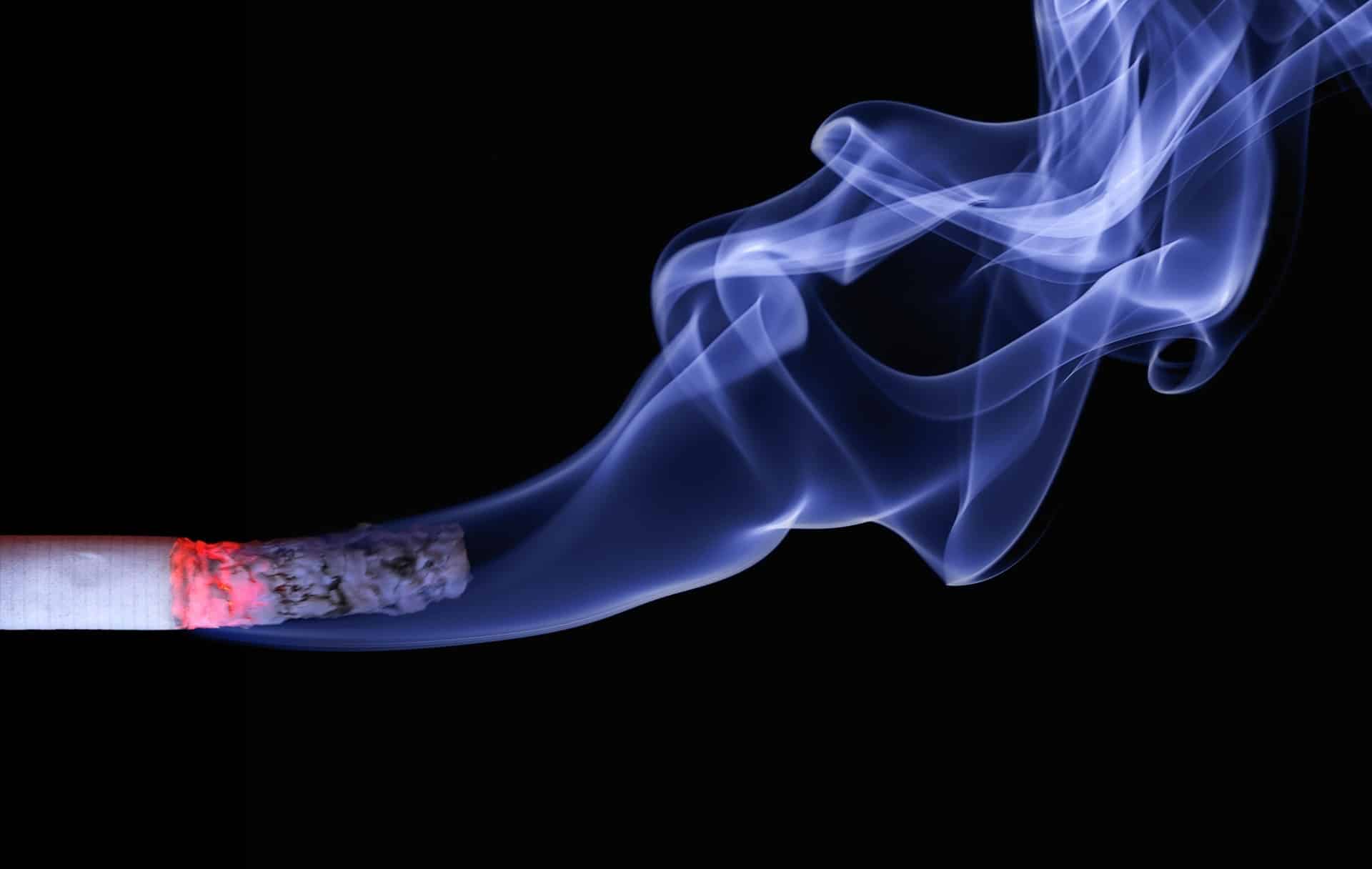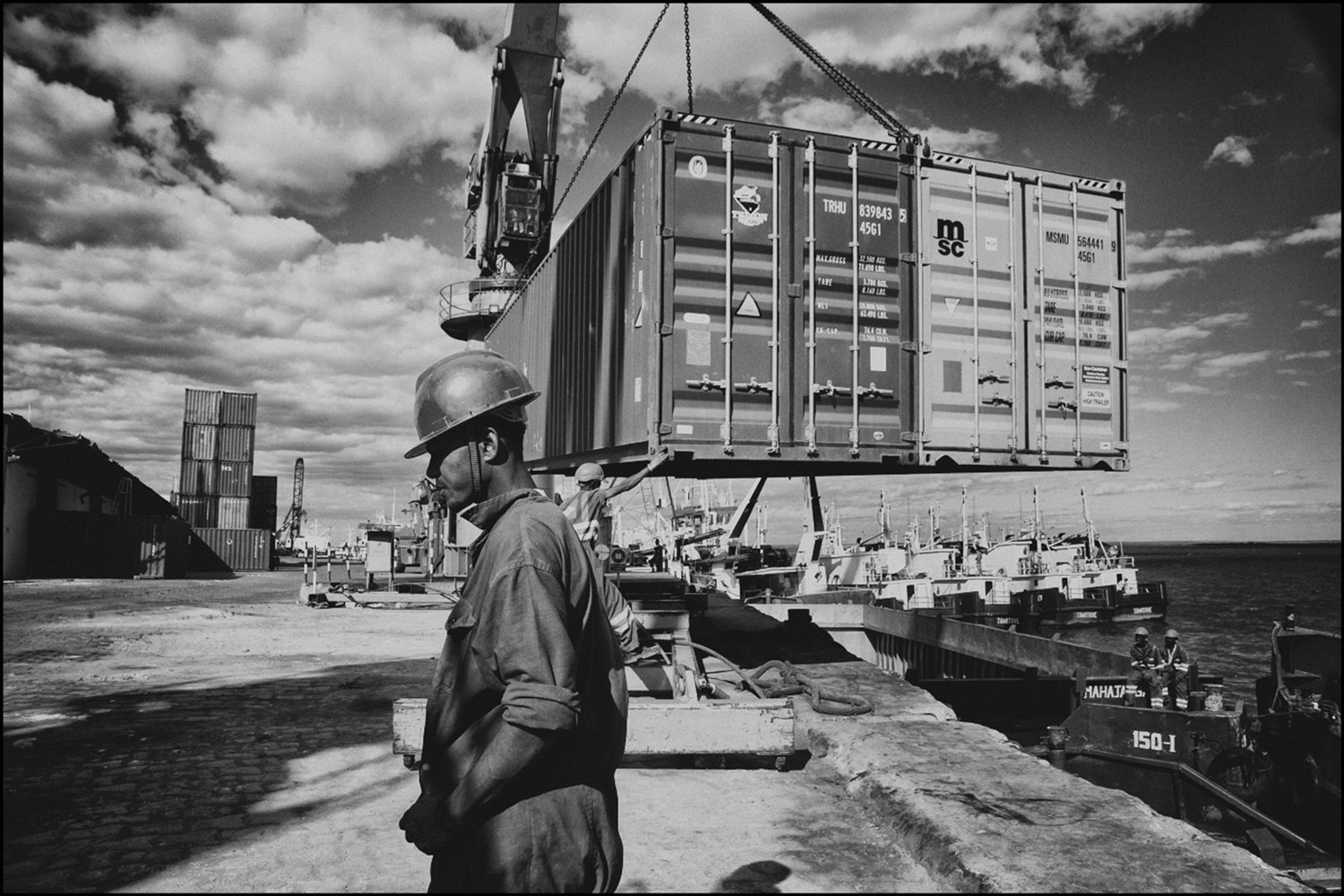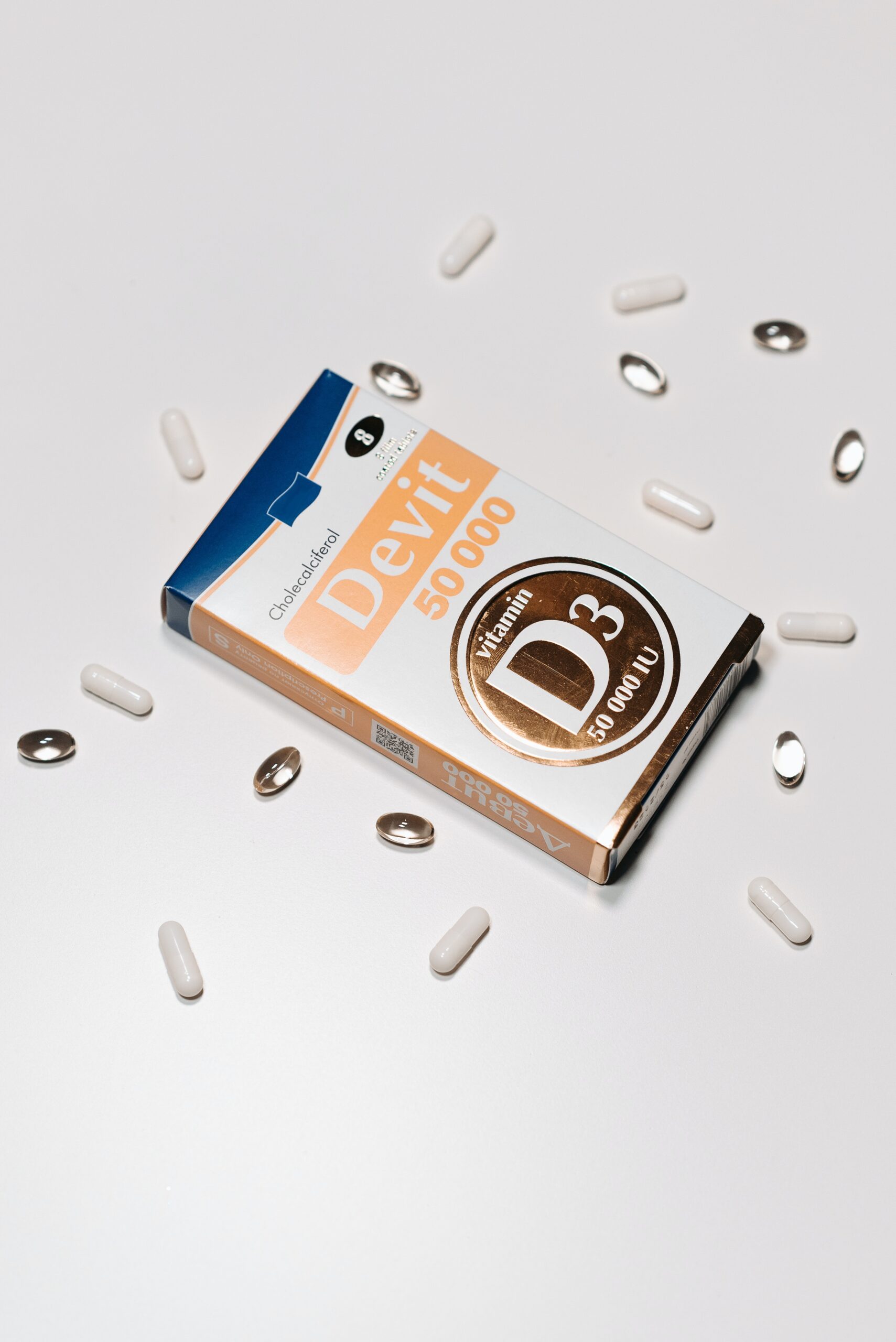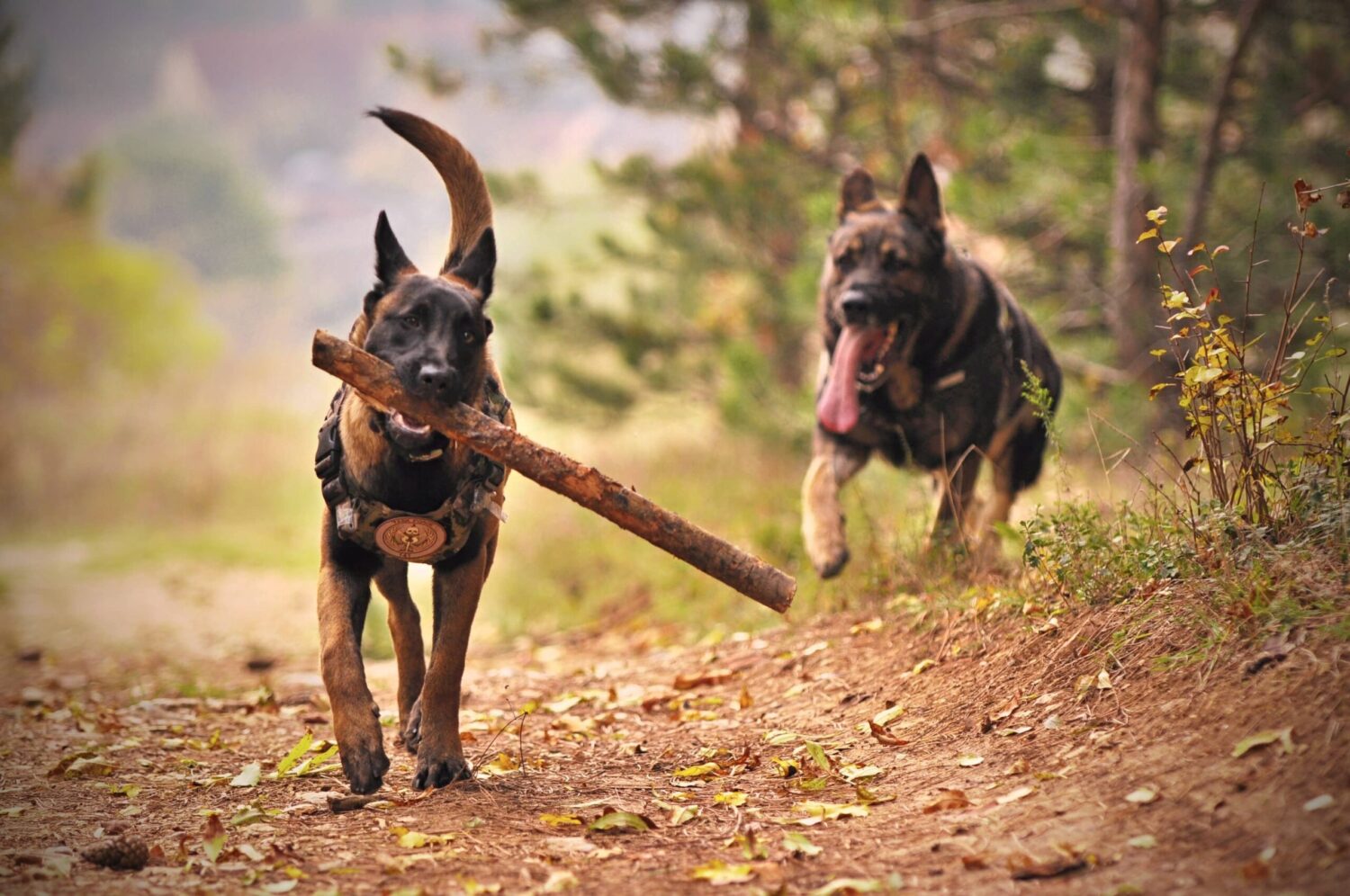What is lard?
Lard, simply put, is pork fat. This fat is semi-soft and quite butter-like in texture. It can be found almost anywhere in the pig, but most often comes from the back, belly and around the organs. However, not all lard is created equal. Higher quality bacon comes from different areas of the pig:
– Leaf Lard is considered the highest quality you can get. It is collected from around the kidneys and from the inside of the groin. This fat has a very neutral, non-porky flavor. This makes it ideal for baked goods and is particularly prized for the flaky pie crusts it produces.
– Fatback is next in line. Fatback is, as its name suggests, fat from the back of the pig. This variety is used by many top chefs in place of oil because of its light, spicy flavor and silky texture. It is also the best choice for making sausages. – Caul Fat is the lowest grade available. It is collected from around the pig’s digestive organs. This fat is a mesh membrane. As a result, it is best suited for wrapping leaner meats or adding to pâtés.
Health benefits of lard
Believe it or not, lard offers a wide range of health benefits, making it a great choice for your fat needs:
– Vitamin D — lard is the number 2 food source for vitamin D, after only cod liver oil. One tablespoon actually contains 1000 IU!
– Heat stable — Pork fat is not destabilized by higher heat. This means it is much healthier and has a lower risk of cancer than other oils that smoke at high temperatures.
Interesting uses of lard – Natural — since it is a natural food, it does not need additives and further processing to work. – Cholesterol – Butter contains about three times more cholesterol than lard. For this reason, lard is a great low-cholesterol butter substitute.
Where can I buy lard?
Lard is available at most grocery stores. It can also often be purchased directly from local butchers. Uses in Mexican Cuisine Pork lard is used in Mexican cuisine as the fat of choice for making tamales, refried beans, and flour tortillas.
Learning how to make lard is a fairly easy process. – Collect the fat. See the first section of this post. It outlines the different types of lard and will help you determine what kind you want.
– Freeze the fat. This makes it much easier to cut into smaller pieces.
– Cut the fat into ½” or smaller cubes or grind it.
– Place in a heavy saucepan and cook over low heat with the lid removed. Alternatively, you can use a slow cooker at a low temperature or an oven.
– Melt the fat and let it cook for a few hours until the hard bits sink and rise again. They are called splatters because they make a popping sound when the lard runs out.
– Strain the rendered fat through a strainer and then through 3-4 layers of cheesecloth to remove any solids.
– Store well-melted and strained lard in an airtight glass container at room temperature or in the refrigerator.
– Use it instead of butter or oil in all your recipes!
Photo by Julia Filirovska:



